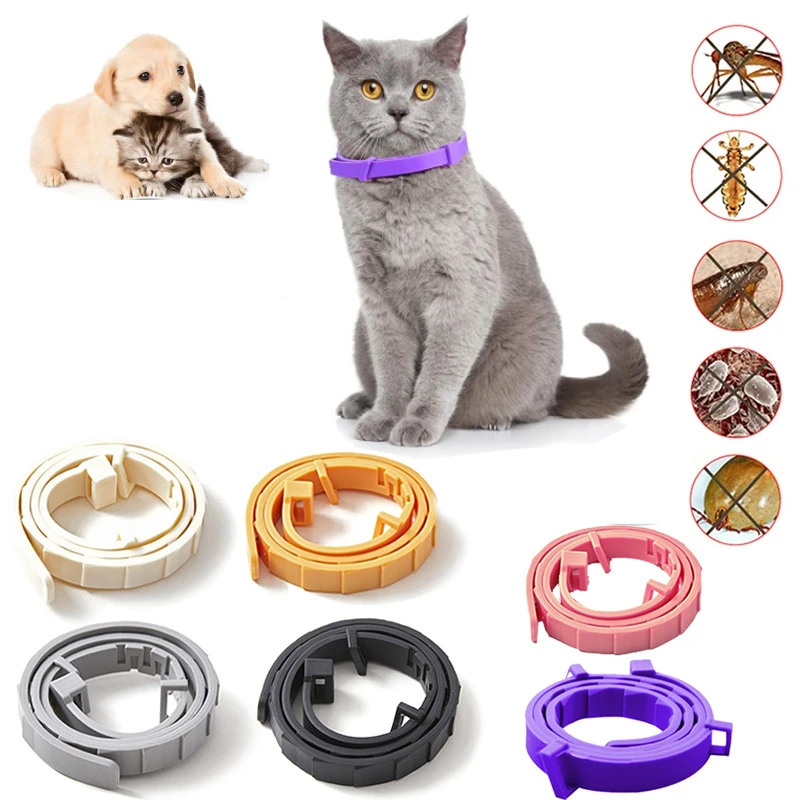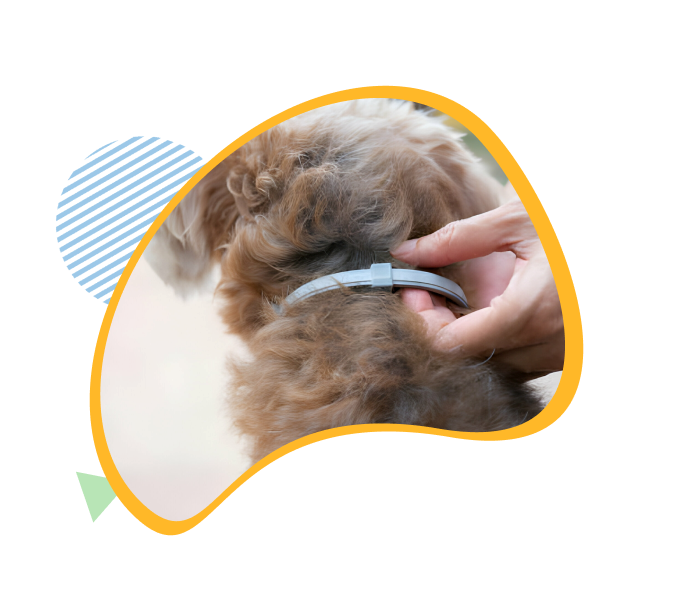Fur Sweep Flea Collar For Cats
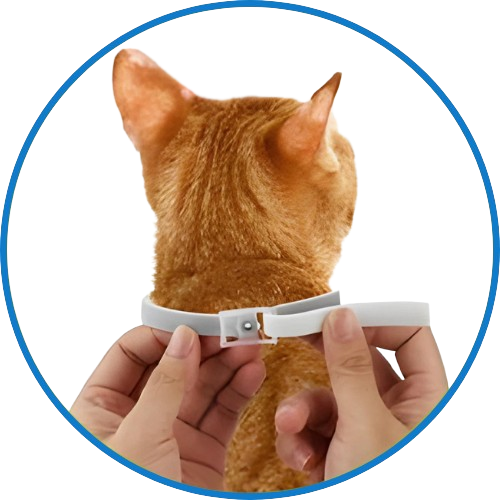
A new flea and tick collar for cats, Fur Sweep, has entered the market, promising extended protection and ease of use. Developed by PetProtect Innovations, the collar utilizes a novel delivery system aiming to provide a consistent dose of medication over a longer period compared to existing products. The product's launch has sparked both excitement and cautious optimism within the pet owner community.
The Fur Sweep flea collar seeks to address common concerns regarding flea and tick prevention in cats, including inconsistent application of topical treatments and the potential for reduced effectiveness over time. PetProtect Innovations states that the collar's unique design ensures a steady release of active ingredients, offering up to eight months of protection. This contrasts with some existing collars that require more frequent replacement or whose effectiveness may wane towards the end of their advertised lifespan.
Key Features and Technology
The Fur Sweep collar differentiates itself through its proprietary MicroDose Technology. According to PetProtect Innovations, this technology allows for a controlled and consistent release of the active ingredients, imidacloprid and flumethrin. These compounds are commonly used in flea and tick control products and are approved by the Environmental Protection Agency (EPA).
The collar's design also incorporates a safety release mechanism. This is an important feature, particularly for outdoor cats, designed to break apart if the collar becomes snagged on something. This reduces the risk of strangulation, a potential hazard associated with some traditional collars.
Furthermore, the collar is designed to be water-resistant, ensuring continued effectiveness even if the cat gets wet. PetProtect Innovations emphasizes that this feature is crucial for maintaining protection during bathing or outdoor activities.
Regulatory Approval and Safety
The Fur Sweep flea collar has undergone testing and has been approved by the EPA. This approval indicates that the EPA has reviewed data on the product's safety and efficacy and has determined that it meets the required standards. It's important to remember that EPA approval does not guarantee complete safety for all animals.
While the active ingredients are generally considered safe when used as directed, some cats may experience sensitivity or allergic reactions. Symptoms can include skin irritation, hair loss, or lethargy. Pet owners are advised to monitor their cats closely after applying the collar and to consult with a veterinarian if any adverse reactions occur.
It's crucial to follow the manufacturer's instructions carefully and to use the collar only on cats for which it is intended. Using the collar on other animals, such as dogs or kittens, could be harmful. This information is highlighted prominently on the product packaging.
Market Impact and Consumer Reception
The introduction of the Fur Sweep collar comes at a time when the pet care market is experiencing significant growth. Consumers are increasingly willing to invest in products that improve the health and well-being of their pets. The collar's promise of extended protection and ease of use could appeal to a wide range of cat owners.
Early reviews from pet owners have been mixed, with some praising the collar's effectiveness and convenience, while others have expressed concerns about potential side effects. Online forums and social media groups dedicated to pet care are filled with discussions about the product's merits and drawbacks. These anecdotal reports should be taken with caution, as individual experiences can vary.
Veterinarians are also offering their perspectives on the Fur Sweep collar. Many recommend that pet owners consult with them before using any new flea and tick prevention product. This allows for a personalized assessment of the cat's health and risk factors, ensuring that the chosen product is appropriate and safe.
A Veterinarian's Perspective
"While products like Fur Sweep offer convenient solutions for flea and tick prevention, it's essential to remember that no single product is perfect for every cat,"says Dr. Emily Carter, a veterinarian at the Animal Wellness Clinic. "
A thorough discussion with your veterinarian is crucial to determine the best course of action based on your cat's individual needs and lifestyle."
Environmental Considerations
The use of pesticides in flea and tick control products raises environmental concerns. While PetProtect Innovations claims that the MicroDose Technology minimizes the amount of chemicals released into the environment, the long-term environmental impact of the collar remains to be fully assessed. Environmental groups advocate for responsible pet ownership and urge pet owners to consider the potential environmental consequences of using pesticide-based products.
Proper disposal of used collars is also important. PetProtect Innovations provides guidelines on how to dispose of the collar safely to minimize environmental contamination. Following these guidelines is essential to mitigate potential risks to wildlife and ecosystems.
Research on the ecological effects of imidacloprid and flumethrin is ongoing, with studies examining their impact on aquatic invertebrates and other non-target organisms. This research highlights the importance of continuous monitoring and evaluation of the environmental safety of these chemicals.
Conclusion
The Fur Sweep flea collar represents a new entry in the competitive market of pet parasite control. Its promise of extended protection and convenient application may appeal to many cat owners. However, as with any new product, it is crucial to weigh the potential benefits against the potential risks.
Pet owners are encouraged to conduct thorough research, consult with their veterinarians, and carefully monitor their cats for any adverse reactions. Responsible pet ownership includes making informed decisions about parasite prevention and considering the environmental impact of the products we use. The long-term success and safety of the Fur Sweep collar will depend on ongoing monitoring, responsible use, and continued evaluation of its environmental impact.
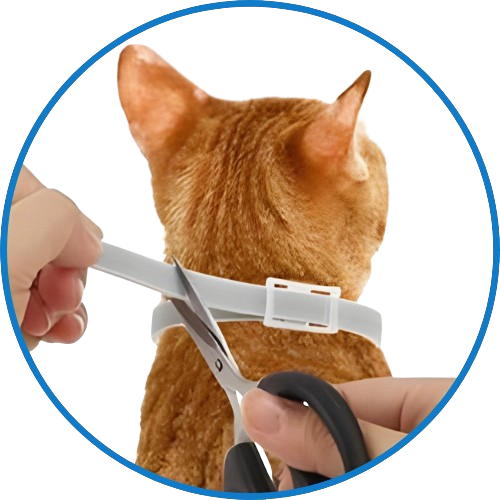
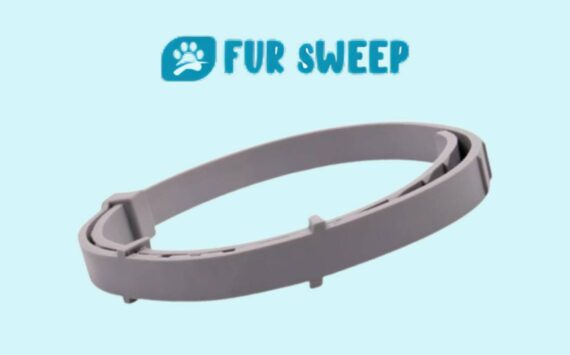

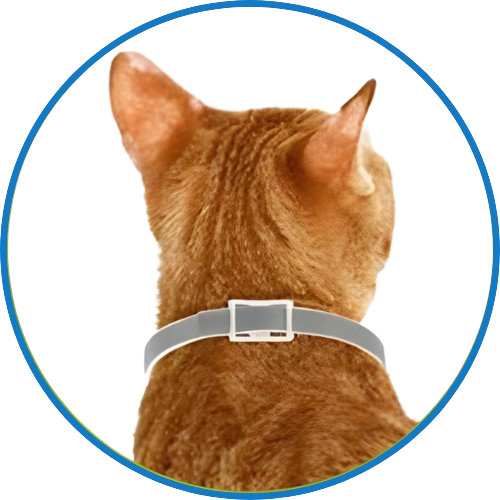
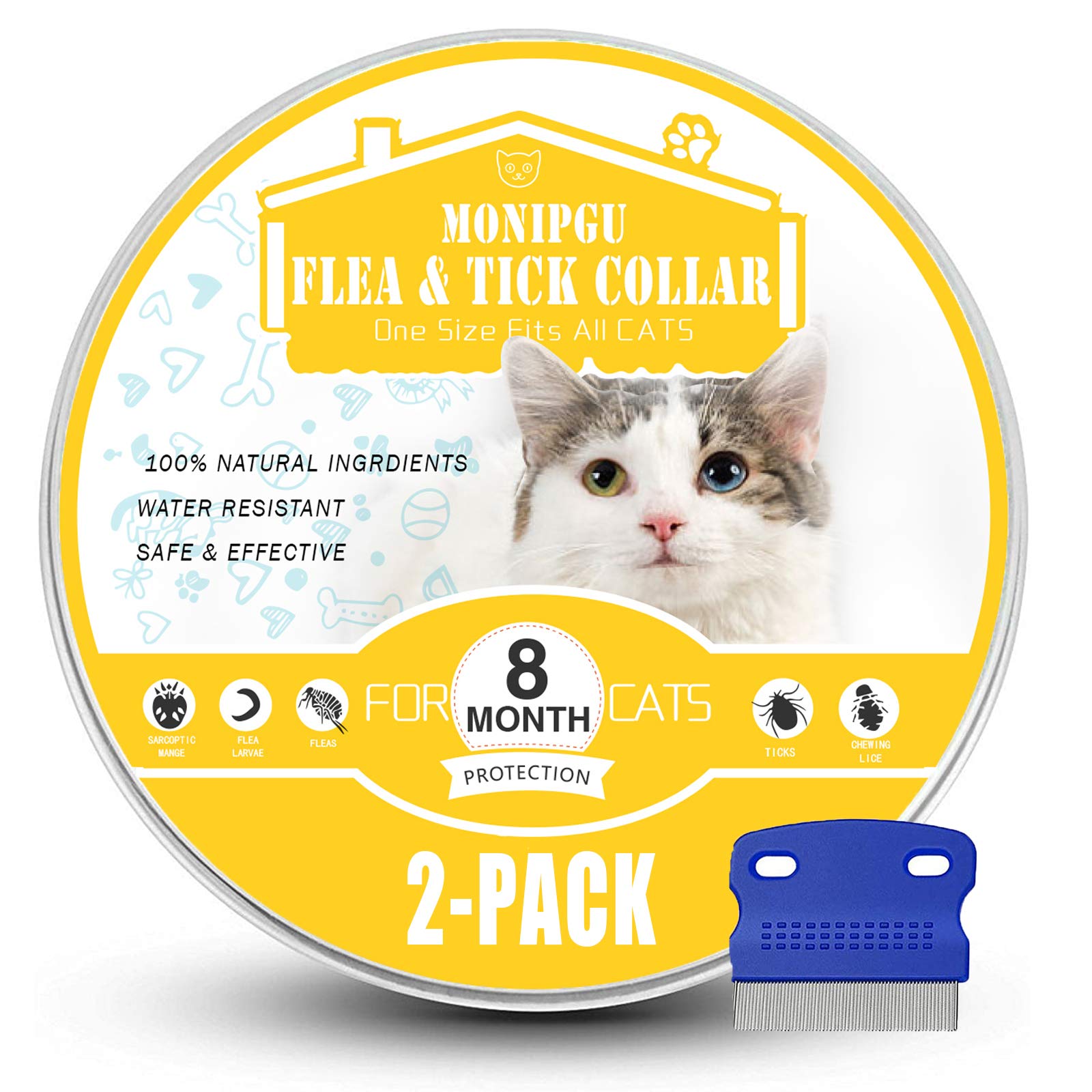
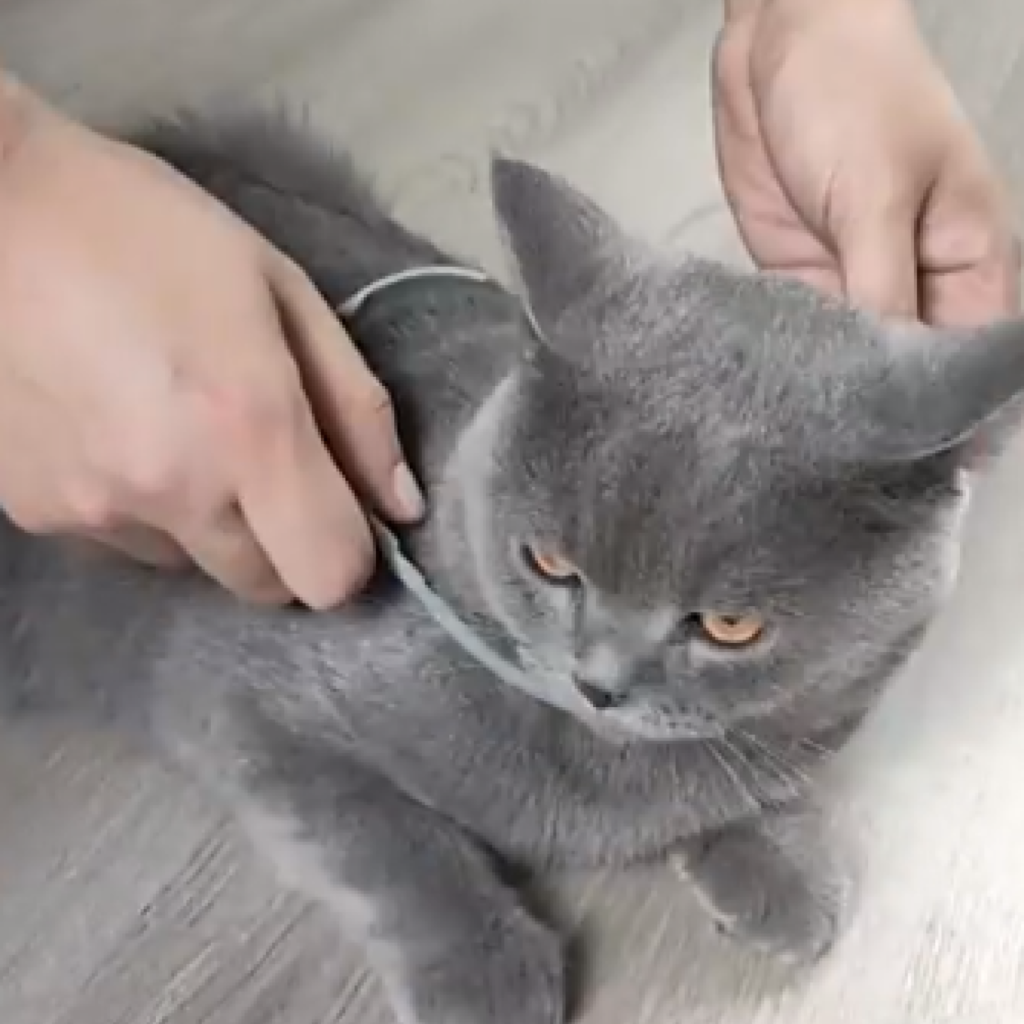

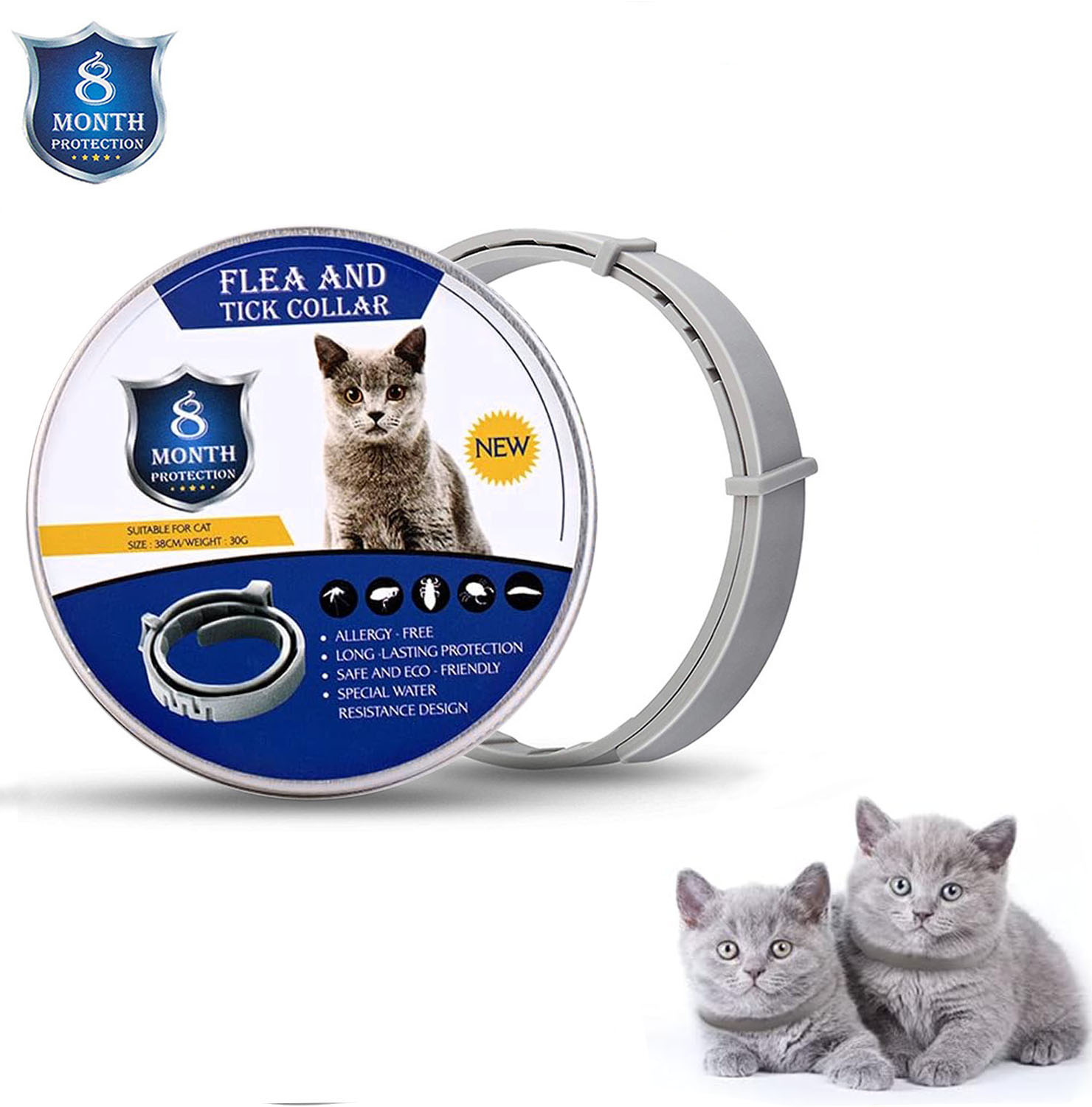

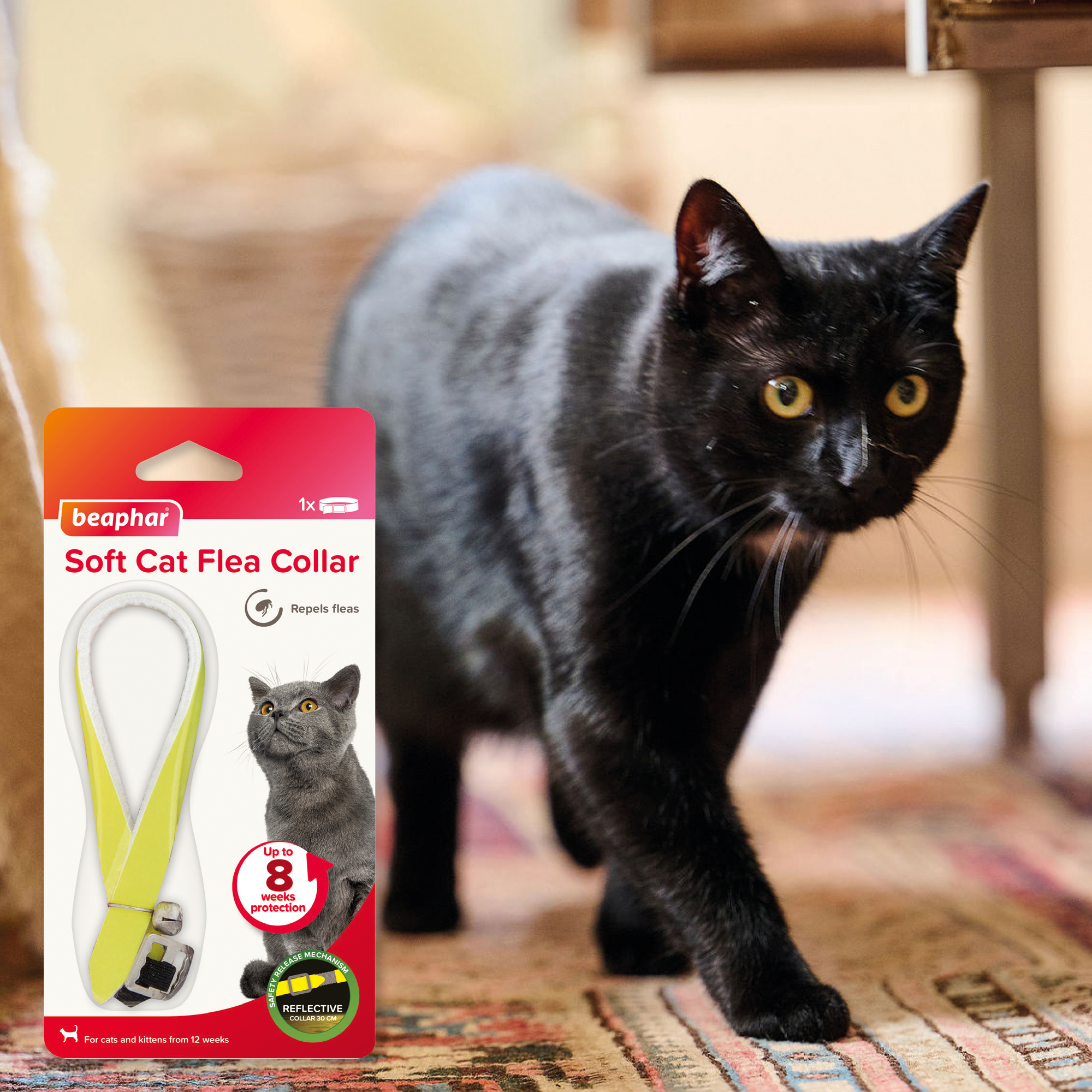





![Fur Sweep Flea Collar For Cats 8 Best Flea Collars for Cats Reviewed [Winter 2024]](https://menacetopests.com/wp-content/uploads/2022/01/Fipukin-Flea-and-Tick-Collar-for-Cats.jpg)
